Change in Soil Test P Following Long Term P Fertilization Strategies
Study author(s): Dan Kaiser, University of Minnesota, Department of Soil, Water, and Climate
Years of study: 2009-2019
Location(s): Morris MN, Lamberton MN, St. Charles MN
Important: for the complete report, including all tables and figures, please download using the links to the right.
summary
Medium testing P sites were selected to study the effect of timing of application and fertilizer rate in 2-year corn-soybean rotations. Corn and soybean yield was significantly increased by P over the years. Increase in soil test P varied by location and typically occurred more frequently within individual blocks within locations. It took less fertilizer P to increase soil P at Morris and the most to increase soil P at Saint Charles. However, greater rates of fertilizer could be removed at the previously mentioned sites in order to maintain soil test P.
The data has shown no direct evidence that application of all the P before either corn or soybean affects soybean yield, but there may be a benefit to supplying P directly ahead of corn. There has not been a significant yield advantage for using starter fertilizer as a substitute for broadcast P and any of the locations and the data indicates that if growers wish to apply P ahead of soybean a small rate of P in-furrow can result in a similar yield potential for corn compared to a high rate of broadcast P applied ahead of corn for both crops.. Rate of fertilizer applied within a two-year rotation appears to be the most significant consideration within a fertilizer application program. The rate required for maximum economic yield and to maintain soil test values in the top six inches is less than the amount of P or K removed over the 2-years in a corn-soybean rotation. Thus, growers do not have to continually apply higher removal based P rates to ensure maximum yield potential for two year corn-soybean rotations.
